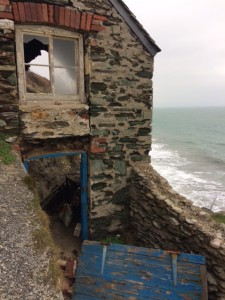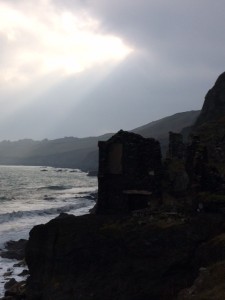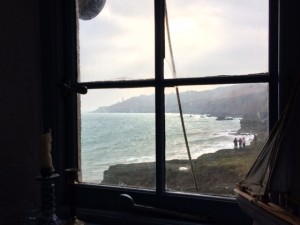The Tale of the Whale
February 23rd may have brought Storm Doris to the UK, however in South Devon we were blessed with a sunny day (although windy) that brought an unusual visitor to our coastline.
By midday there were reports that a whale had been spotted off the shore of Slapton Sands (a 10 minute drive from Beeson Far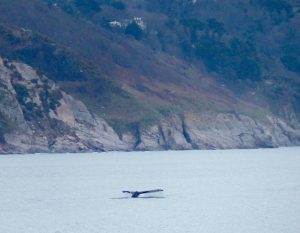 m). It was initially thought to be a Minke, but has since been confirmed by Brixham Seawatch as a Humpback- a rare sighting for the South Coast of Devon which initially lead to concerns that it may be in trouble since it should be much further North out in the Atlantic.
m). It was initially thought to be a Minke, but has since been confirmed by Brixham Seawatch as a Humpback- a rare sighting for the South Coast of Devon which initially lead to concerns that it may be in trouble since it should be much further North out in the Atlantic.
In the early morning sun on the 24th Feb we spotted the whale at Slapton Sands, where it was close enough into the shore to see it spouting water and breaching the waves. The children were beyond excited as they watched with their classmates before school in the morning and again in the twilight as the lighthouse beamed across the bay. Once again we marvelled at how blessed they are to grow up in natures playground where they have the chance to run free on the beach where the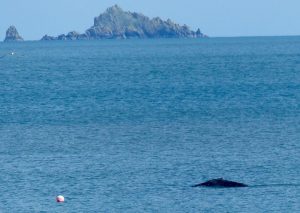 y have previously spotted seals, dolphins and porpoises.
y have previously spotted seals, dolphins and porpoises.
Over two weeks later the whale is swimming strongly up and down the coastline and appears to be feeding on the glut of sprats, accompanied by porpoises, seals and gannets. Quite the wildlife show every day! The British Divers Marine Life Rescue have stated that it is healthy and is feeding in the shallow waters on shoaling fish. They also state that “in recent years there has been an increase in sightings around the UK. Most of these have been in Scotland where they would be expected, but humpbacks have also been recently spotted off the coasts of Cornwall, Devon, Kent, Suffolk, Norfolk, Yorkshire, Northumberland and the North West. This may be due to a good supply of prey, but also may indicate a recovery of the population since the whaling moratorium in the 1980s, with animals returning to feeding haunts of old”.
The whole local community are enjoying the spectacle of this living nature documentary! The memory of the day the whale came will stay with our awestruck children for the rest of their lives, reminding us all to love and protect our beautiful coast and marine environment.
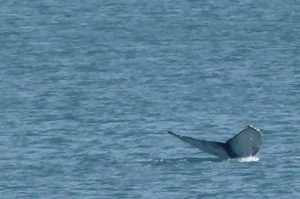 Humpback whales range in length from 12 metres to 16 metres and weigh about 36,000 kg. Sadly, there are very few Humpback Whales left, with scientists estimating that there can’t be more than 15,000 of them in the world.
Humpback whales range in length from 12 metres to 16 metres and weigh about 36,000 kg. Sadly, there are very few Humpback Whales left, with scientists estimating that there can’t be more than 15,000 of them in the world.
Photo credit to our friends at Forest and Beach http://www.forestandbeach.co.uk/– an outdoor education centre and forest school provider in our village of Beeson.

